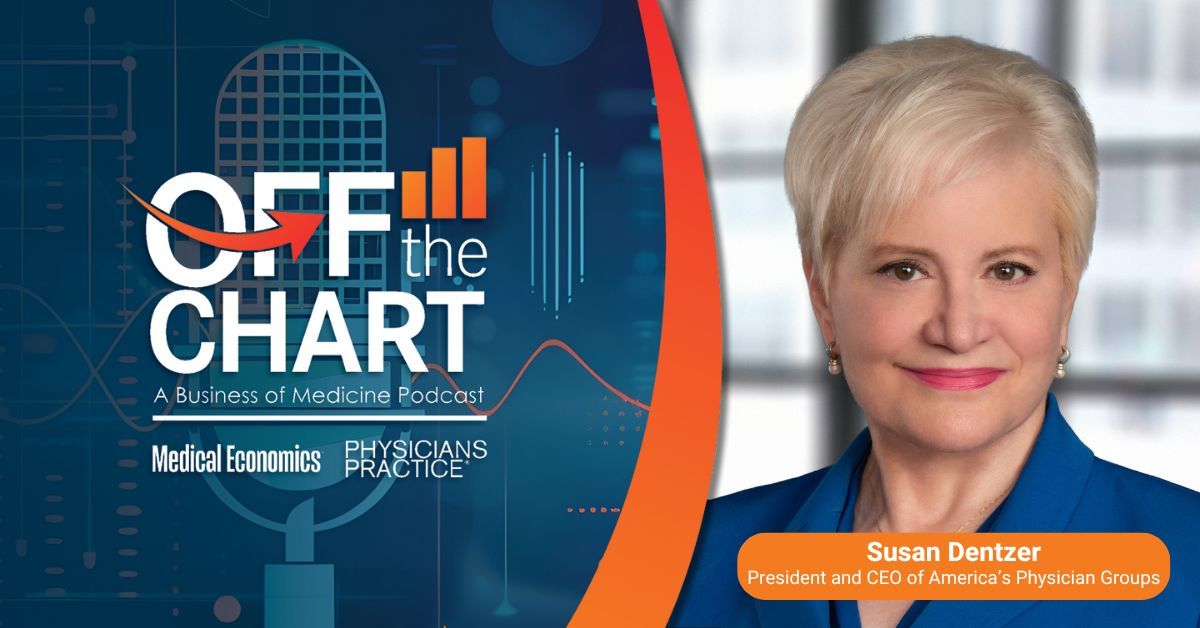Article
Family, internal medicine residency matches fall
Author(s):
Decrease comes despite rise in number of positions offered
The number of medical students matching to family and internal medicine residency programs declined this year, according to results of the 2022 National Resident Matching Program Main Residency (NRMP) match.
An analysis of Match Day results from the American Academy of Family Physicians (AAFP) shows the number of medical students and graduates matching to family medicine residencies fell from 4,493 in 2021 to 4,470, despite 91 more positions being offered.
The number of primary care positions offered in internal medicine declined to 429, of which 424 were filled, according to an American College of Physicians announcement. Categorical position offerings rose from 9,024 in 2021 to a record 9,380, of which 8,915, or 95%, were filled.
“The continual annual increases in the number of offered and matched internal medicine positions demonstrates national recognition for the value provided by internal medicine physicians in our health care system,” Davoren Chick, MD, FACP, the College’s chief learning officer, said in the announcement.
“Primary care is more important than ever, and we commend every student who has chosen to practice in this profession,” AAFP President Sterling Ransone, MD, said in a statement from the academy.
The AAFP analysis found that of the 4,470 students and graduates matching to family medicine resident programs, 1,555 were U.S. allopathic seniors and 1,496 were DO seniors. The rest were U.S. international medical graduates, graduates of foreign medical schools, and previous graduates of U.S. medical schools.
The analysis notes that while this year’s family medicine residency match is the second-highest in the specialty’s history, its fill rate of 90.6% was the lowest since 2007. Among U.S. MD seniors the rate was 31.5%, the lowest ever. “The trend for U.S. MD seniors is deeply concerning, and calls for U.S. MD medical schools, especially, to recruit and graduate more students who are likely to enter primary care specialties and practice in underserved areas,” the document says.
In contrast, the number of DO seniors matching to family medicine was a record, representing what the analysis calls “the strong and rising contribution to the family medicine workforce from DO students and graduates.” It adds that while the percentage of family medicine matching DOs has declined in recent years, it has been more than offset by the growing number of osteopathic medical schools and the resulting increase in all graduates, including those entering family medicine. And despite DO seniors making up only 19.6% of applicants who matched to all specialties, the number of DO students applying in family medicine already is greater than the number of U.S. MD students applying.
Newsletter
Stay informed and empowered with Medical Economics enewsletter, delivering expert insights, financial strategies, practice management tips and technology trends — tailored for today’s physicians.





